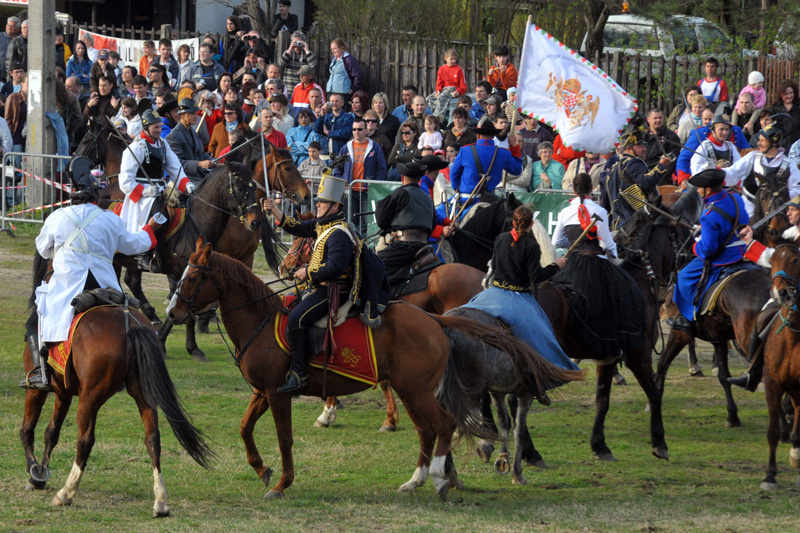Experience firsthand the re-enactment of the Battle of Isaszeg!

After a two-year hiatus, this year, the Battle of Isaszeg will be fought again – at least within the framework of the commemorative Isaszeg History Days. The event, which will take place on 5-6 April, offers a wide range of activities.
As Helló Magyar reported, visitors to Isaszeg can choose from a wide range of outdoor activities: a torchlight parade with military and folk traditionalists, recruiting, dance, hussar camp, military parade, battle re-enactment, wreath-laying, Polish-Hungarian friendship meeting, historical quiz, and a colourful procession of folk traditionalists.
Of course, the highlight is the Isaszeg Living History Lesson, a re-enactment of the battle on 6 April.
Before the battle, the participants will march from the Town Hall (Városháza) to the Sculpture Hill (Szoborhegy) and then recall the battle in colourful battle scenes filled with cannon thunder, sword clashes, horse clashes, gunfire and battle cries.

One of the most famous battles of the past will be re-enacted with the help of the participants of the World Association of Hungarian Traditional Guards and the Spring Memorial March, the St. Martin’s Horse Heritage Society of Isaszeg, the young people of the Road of Wars Horse Sports Association of Isaszeg,
150 horsemen, 250 infantrymen, 50 artillerymen, 80 traditionalists of the period, carts, free troops, musicians, and folk traditionalists.
The battle

The crucial battle of the first stage of the Spring Campaign of the Revolution took place between Isaszeg and Gödöllő on 6 April 1849.
The stakes were high for both sides because if the Hungarians won, the imperial-royal army would have had to retreat to Buda or Vác, thus completing the liberation of the Danube-Tisza area. If fortune smiled on the imperial-royal army, the Hungarian side could be forced to retreat as far as the Tisza.
In the end, the battle was a shaky one, and although the Hungarian army suffered losses of roughly 800-1000 men, while the Imperial army suffered a loss of roughly 400 men, the Hungarian army can be considered the victor of the battle.
The Imperials were forced to retreat. On 7 April 1849, Lajos Kossuth wrote the following to the National Defence Commission from the Grassalkovich Castle in Gödöllő:
“Yesterday, our valiant army completely routed the enemy’s army from its terrible positions in the countryside of Isaszeg. We must bow with respect to General Görgei Artúr, to the other commanders, to Damjanich János, Klapka György, Aulich Lajos, and the whole enthusiastic army. We won, decisively, perfectly! Every man did his duty.”
You can find the program of the day in detail on their official website (in Hungarian).
Until then, check out some pictures of the 2019 Isaszeg History Days.
Gallery
Source: Helló Magyar, isaszegicsata1849.hu






